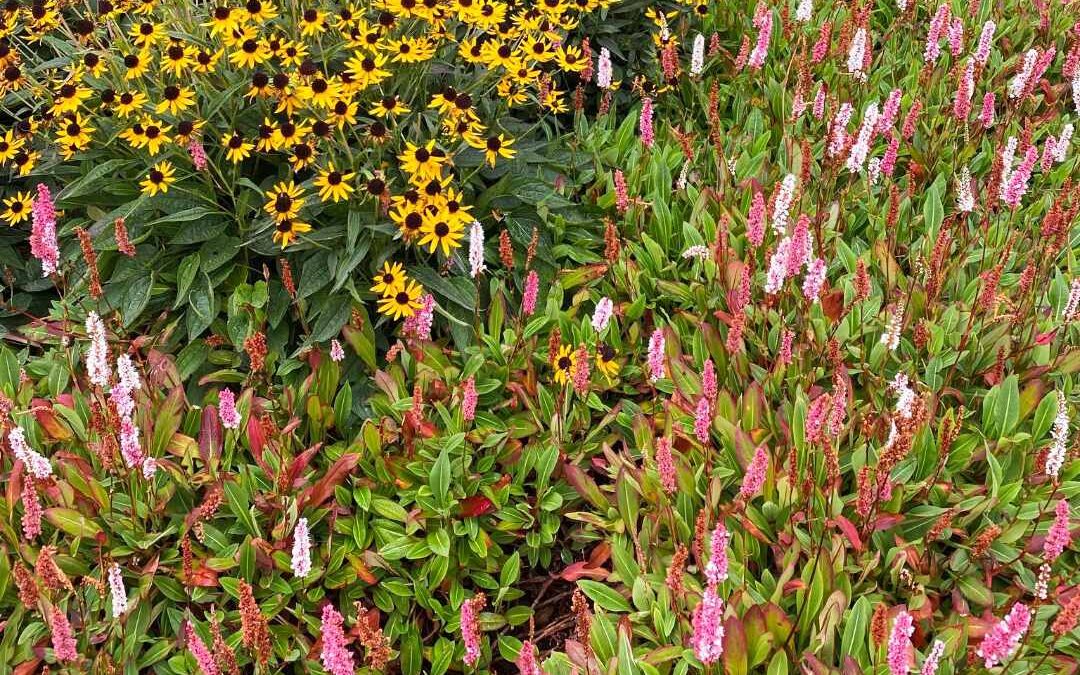GARDENING WITH NATURE
Article by Sigrie Kendrick
Glorious Ground covers
Nature abhors a vacuum
It has been said that Nature abhors a vacuum and I have often reflected on this old adage when
planning and planting gardens.
If you have a plant there, chances are, you won’t have a weed. This is especially true when considering ground covers, which act as an organic living mulch and don’t need to be constantly topped up as you would with a composted mulch such as Glengrow or Nature’s Gold. These living mulches mimic what happens naturally on the forest floor and include all the benefits we associate with mulch, in that they act as a weed suppressant, they moderate soil temperature, and they conserve soil moisture.
Whether you have a baking hot, sunny location, a spot with deep shade, or anything in between, there is a ground cover to meet your needs.
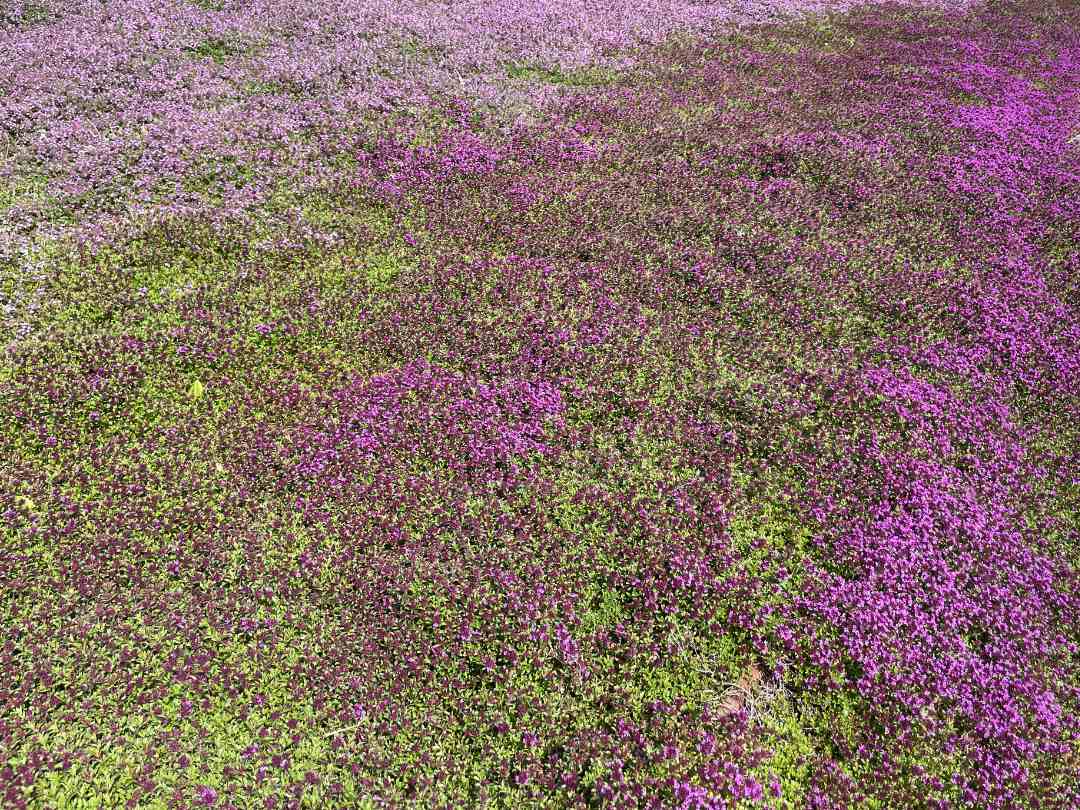
Ground covers by location
For instance, the Moroccan Pincushion Flower, or Pterocephalus depressus, is a fantastic choice for those hot, sunny areas in your garden. This distinctive ground cover features greyish-green crinkled leaves which are tolerant of light foot traffic such as when used in-between flagstones.
Many low-growing thymes also suit such spaces where there is some foot traffic. Pterocephalus depressus is hardy in zones 4-8 where it will form an evergreen mat a few inches high with a spread of 18 inches. This ground cover flowers in late spring to summer with silvery-pink blooms similar to Scabiosa which then transition into attractive silver seed heads. The blooms of Pterocephalus depressus are a magnet for a large variety of butterflies.
One of my favourite ground covers for a sunny to part-shade location is Persicaria affinis ‘Dimity’. Also known as Himalayan Knotweed or Fleece Flower, this ground cover is as the common name suggests, native to the Himalayas, where it is found at altitudes up to 15,000 feet.
In our hot Okanagan summers, this Persicaria benefits from some afternoon shade where it will put on a display of rose-red blooms, aging to pale pink, from July to October. Ultimately the flowers turn brown and remain on the plant, offering winter interest as well. Persicaria affinis reaches a height of 6-8 inches and a width of two feet. The leaves of this perennial turn brilliant bronzy-red as the temperature falls in the autumn, further adding to its value.
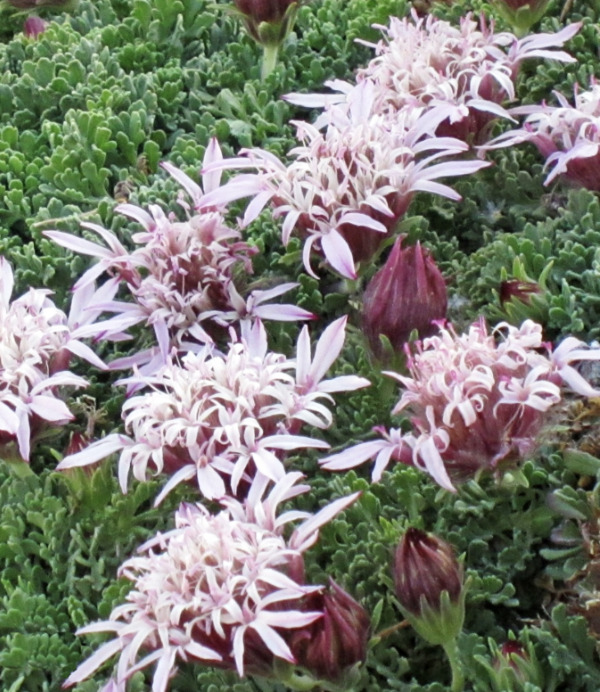
Pterocephalus depressus –
Morrocan Pincushion Flower
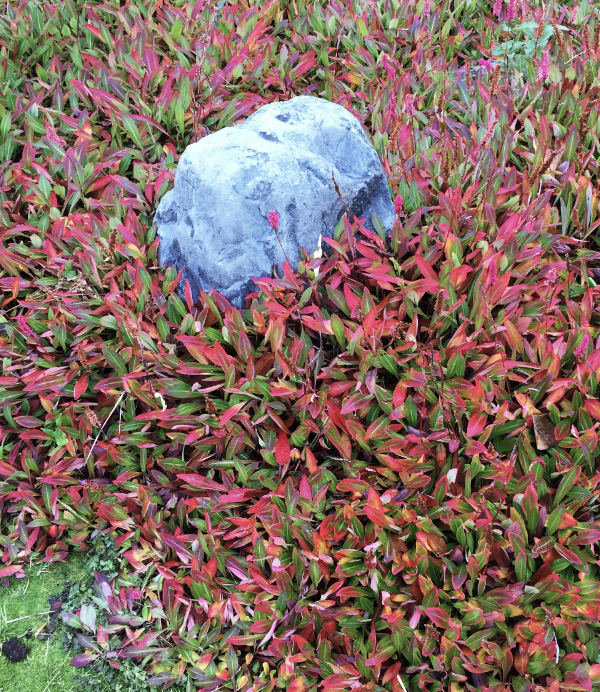
Lamium maculatum, known commonly as Spotted Dead Nettle, is an extremely versatile and easy-to-grow ground cover for a partial or full-shade location. This herbaceous perennial is hardy in growing zones 4–8 so completely appropriate for gardens in the Okanagan, where it will brighten a shady area with its heart-shaped variegated leaves, even when not in bloom.
The cultivar ‘White Nancy’ features silvery green leaves with a thin dark green margin and small white, hooded flowers. Lamium maculatum is extremely long blooming, beginning in late spring and continuing for months with some re-bloom in the fall. This ground cover is virtually disease and pest-free and is not favoured by deer.
It is extremely easy to propagate Lamium maculatum by stem layering. Simply push a stem which is still attached to the mother plant, into the ground and cover it with soil, leaving only the tip visible. This tip will soon form a new plant.
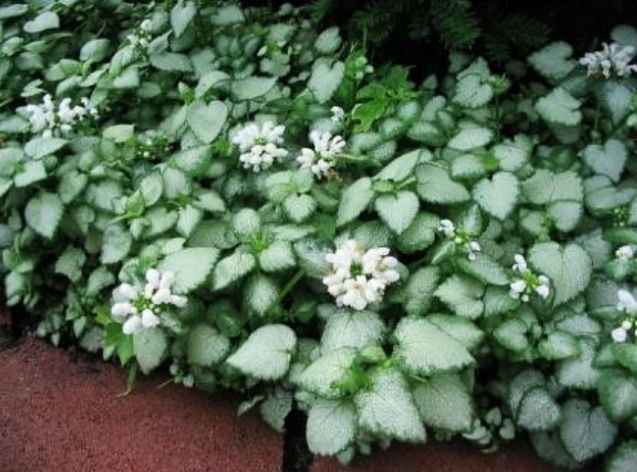
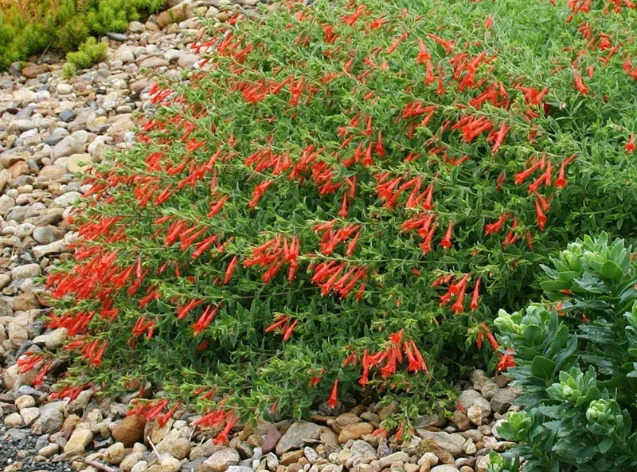
A great candidate for adding colour to the late summer and fall garden is Creeping Hummingbird Trumpet ‘Orange Carpet’ or Zauschneria californica, which hummers love, and which spreads with underground stems. It does well in dry, sandy to rocky, well-drained soils on slopes.
Lastly, there are a wide variety of sedums (commonly called stonecrops) which provide both colourful leaves and flowers, thrive in hot and dry locations, attract pollinators, and have great resistance to heat and drought. In fact, stonecrops can be found growing wild on some of our rocky, dry slopes around the Okanagan Valley, proof of their fantastic toughness.
Try a mass planting of several, including some of these low-growing varieties: Sedum repestre ‘Angelina’, Bertram Anderson Stonecrop, Dragon’s Blood Stonecrop, Fuldaglut Sedum, Mossy Stonecrop, Rose Carpet Stonecrop, Russian Stonecrop or Spreading Stonecrop.
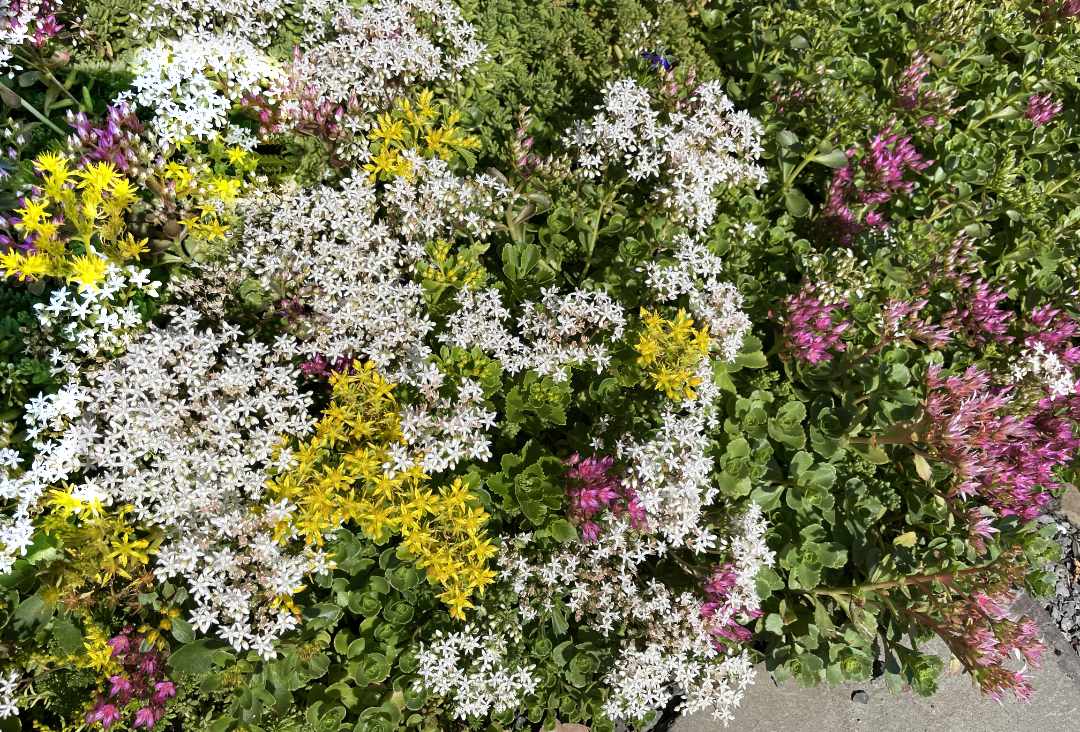
Check our Plant Database for more ground covers as well as more information on those mentioned above.
Sigrie Kendrick is a master gardener and executive-director of the non-profit Okanagan Xeriscape Association.

